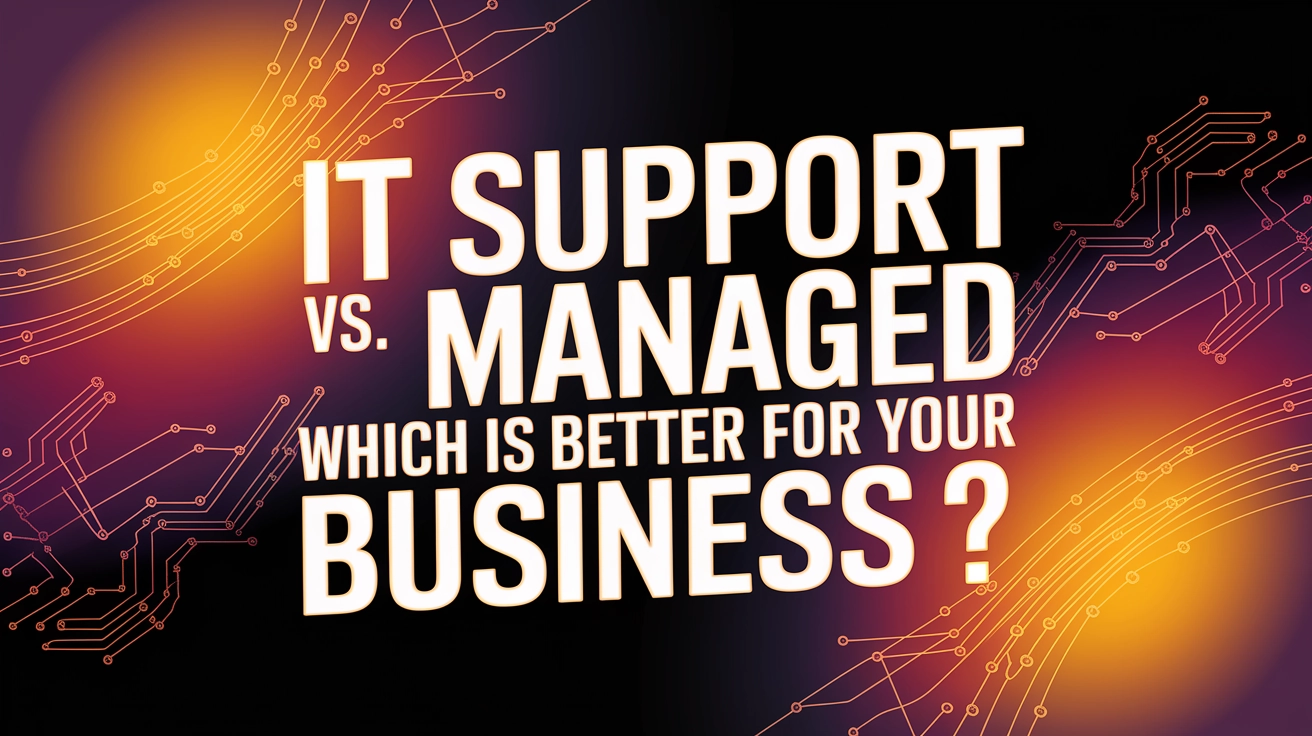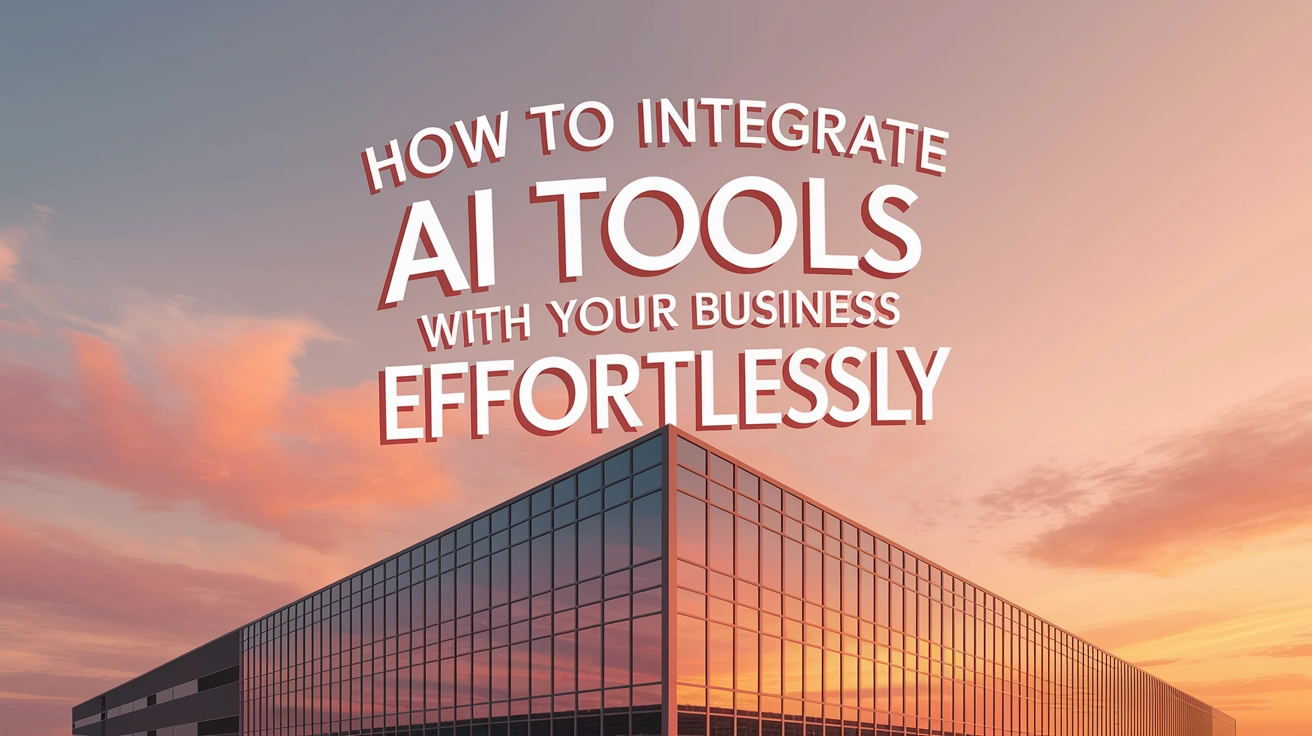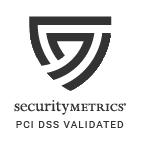In today’s technology-driven company environment, maintaining a reliable and up-to-date hardware infrastructure is crucial for productivity, security, and efficiency. However, many firms fall into the trap of pushing their gear beyond its capabilities, compromising performance and raising the danger of unanticipated crashes and emergencies. Here’s why sticking to a 3-5 year upgrade cycle and investing in business-grade machines will help you avoid these problems and keep your firm functioning efficiently.
1. Increased reliability and fewer emergencies
When you rely on old equipment, the likelihood of unexpected crashes and last-minute emergencies increases dramatically. Hardware components degrade over time, causing more regular problems such as overheating, system failures, and compatibility issues. Business-grade machines, constructed with endurance and dependability in mind, can endure heavy workloads and provide reliable performance throughout their lifespan. By renewing equipment every 3-5 years, you may avoid the last-minute panic that occurs when vital systems fail, allowing your team to work uninterrupted.
- Less Downtime: Newer machines are far less prone to breakdowns, ensuring that you aren’t left scrambling during important projects or deadlines.
- Proactive Replacement: Following a predictable upgrade cycle lets you replace hardware before it becomes a liability, allowing for planned transitions instead of urgent repairs.
- Reduced IT Firefighting: By upgrading regularly, your IT team can focus on proactive support and improvements rather than constantly addressing hardware failures, saving time and resources.
2. Optimized Performance and Productivity
Older gadgets not only have a higher risk of crashing but they also fail to meet modern expectations, reducing productivity. Consumer-grade computers may be less expensive at first glance, but they sometimes lack the endurance and performance required for corporate applications. Business-grade machines are specifically intended to handle heavier workloads, longer hours, and intense applications, ensuring consistent performance and dependability over time.
- Faster Processing: Newer business machines handle multitasking efficiently, so your team doesn’t face lag or delays from outdated systems.
- Productivity Boosts: Employees spend less time wrestling with slow applications and reboots, which allows them to focus on work that drives value.
- Compatibility with New Software: With a 3-5 year cycle, you ensure compatibility with modern software standards, keeping you aligned with the latest tools and technologies.
3. Improved Security
Aging hardware not only risks productivity but can also compromise security. Older machines often lack up-to-date security features and may stop receiving vital patches or updates, exposing your systems to vulnerabilities. Business-grade machines come with enhanced security features such as:
- Trusted Platform Module (TPM) chips for secure boot and encryption.
- Biometric authentication capabilities for tighter access control.
- Automatic security updates to keep your system safe from emerging threats.
Consumer-grade machines frequently lack these security enhancements or only provide basic options, which can increase your exposure to cyber risks. Regular upgrades ensure that your security measures are robust and equipped to handle the latest threats.
4. Lower Maintenance and IT Costs
Older devices typically require more upkeep, diverting IT resources to ongoing troubleshooting and unexpected repairs. Repairing outdated equipment can be costly and disruptive, especially if parts are rare or if downtime interferes with critical business processes. Business-grade devices, which are built to last and are very reliable, go through rigorous testing to handle workplace conditions and often come with longer warranties.
- Less frequent repairs: Business-grade machines hold up better over time, so you’ll experience fewer interruptions and breakdowns.
- Predictable Costs: By following a set upgrade schedule, you can avoid the unexpected expenses that come with emergency replacements and repairs.
5. Scalability and Flexibility
As your company grows and technology advances, outdated gear can be a hindrance. Business-grade PCs are designed to be scalable, with choices for upgrading memory, storage, and processor power. A frequent upgrade cycle makes your organization agile and adaptive, whether you’re scaling up resources, implementing new apps, or improving connectivity with cloud services and other modern technologies.
For example, modern PCs feature faster Wi-Fi standards, improved USB ports, and other networking enhancements. These capabilities make it easy to embrace new tools and keep up with changing technology requirements, preventing aging gear from becoming an impediment.
6. Financial Efficiency and Long-Term Cost Savings
While consumer-grade equipment may appear to be cost-effective at first glance, the hidden costs of additional repairs, poorer performance, and unscheduled downtime frequently surpass any early savings. Investing in business-grade equipment on a 3-5 year upgrade cycle is more cost-effective, and you’ll see benefits in a variety of ways:
- Budgeting and Tax Benefits: Predictable upgrade cycles allow for efficient budget planning and tax benefits, such as depreciation and deductions.
- Extended Warranty and Support Options: Business-grade machines come with warranties and support services that are unavailable for consumer models, helping reduce repair costs and downtime.
- Higher Resale Value: Business-grade machines retain more value, so if you upgrade every few years, you can recoup a portion of the cost by reselling your equipment.
Why Business-Grade Over Consumer-Grade Machines?
Business-grade machines provide various advantages that consumer models cannot match, particularly in terms of durability, security, and customization. Consumer-grade gadgets are primarily intended for personal use and lack the robust engineering and support that businesses require. Here’s the quick rundown:
- Reliability and Durability: Business machines are tested rigorously to withstand extended hours and heavy loads, making them less likely to crash or malfunction.
- Superior Support and Service: Business models typically come with better support plans, faster service, and warranties that keep your systems in top shape.
- Tailored Features: Business-grade machines can be customized with more powerful processors, larger memory, and enhanced security features, ensuring they’re fit for purpose.
Conclusion
Following a 3-5 year upgrade cycle and selecting business-grade computers is a proactive strategy that improves reliability, avoids costly last-minute crashes, and keeps your company secure and productive. While these investments involve preparation and money, they provide significant benefits in terms of operational stability, security, and financial predictability. With a dependable IT infrastructure in place, your staff can concentrate on expanding the business rather than handling technical issues, resulting in higher long-term value and peace of mind.








